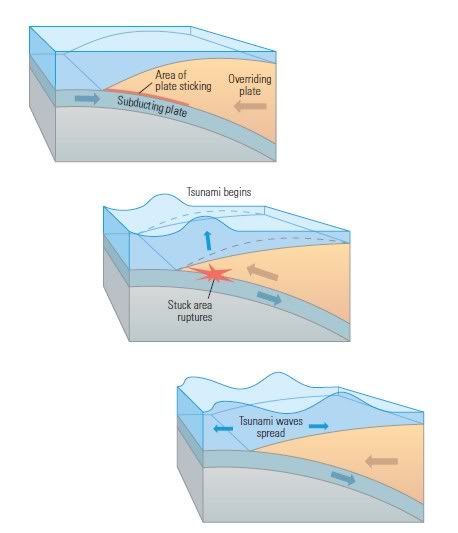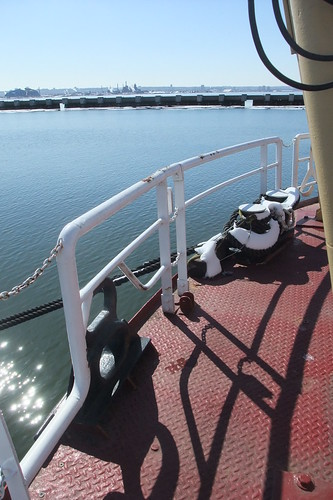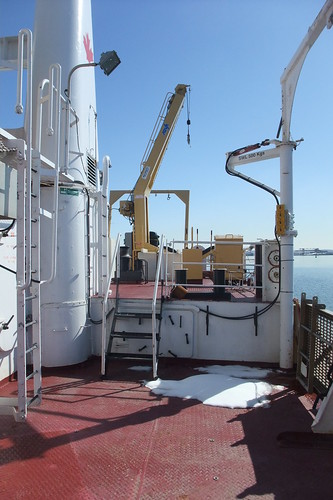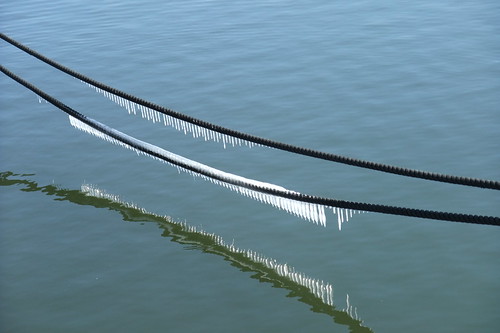
I keep checking the news to see updates on the aftermath of the
magnitude 8.9 event off Japan's Honshu Island last night (or afternoon locally, 2011 March 11 05:46:23 UTC). The initial estimates of lost of life were far too low for an event of this magnitude which triggered a tsunami. It's beyond Hawaii now, but tsunami warnings were issued throughout the Pacific, including
coastal BC. The problem is the nature of the coastline, as people in Port Alberni, where a 1964 tsunami swept away homes and swamped businesses, know well.

Though I don't have any instruments in the water which could sense the wave, at the moment, people still called me at the crack of dawn. I don't envy friends who work in earthquake seismology or in disaster preparedness on days like these.* I'm glad the epicentre was not further south - closer to larger population bases and known significant gas hydrate deposits. There are fears that earthquake shaking could destabilize gas hydrates, which may both hinder slope stability (another tsunami risk) and release large amounts of methane.
*For the most seriously affected people:
Médecins Sans Frontières and the Canadian
Red Cross can be found at these links.
(figures from Bunting et al., The Science of Tsunamis, Oilfield Review, 2007)













